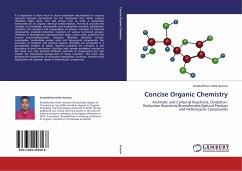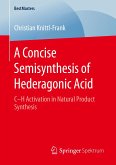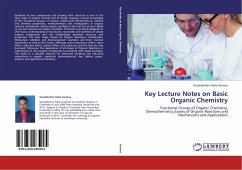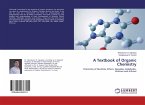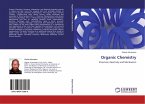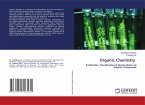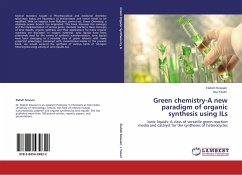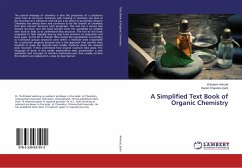It is important to learn how to draw reasonable mechanisms for organic reactions because mechanisms are the framework that makes organic chemistry make sense. This text shows how to write a reasonable mechanism for an organic chemical transformation. The book provides the concept of aromaticity, electrophilic and nucleophilic aromatic substitution reactions, the reactions and preparations of amines, reactions of carbonyl compounds, oxidation-reduction reactions of various functional groups, chemistry of biomolecules (carbohydrates, lipids, amino acids, proteins) and natural products(flavonoids, terpenes, alkaloids, steroinds, tannis), nucleosides, nucleotides, nucleic acids and heterocyclic compounds. The principles of synthetic and physical organic chemistry are presented in a manageable number of pages. Worked problems are included in the discussion of each mechanism. Activities with sample problems included in the book not only describe different methods of preparation but also explain the theoretical background of these reactions. This book also presents the biosynthesis of secondary metabolites, synthesis, reactions and applications of common classes of heterocyclic compounds
Bitte wählen Sie Ihr Anliegen aus.
Rechnungen
Retourenschein anfordern
Bestellstatus
Storno

